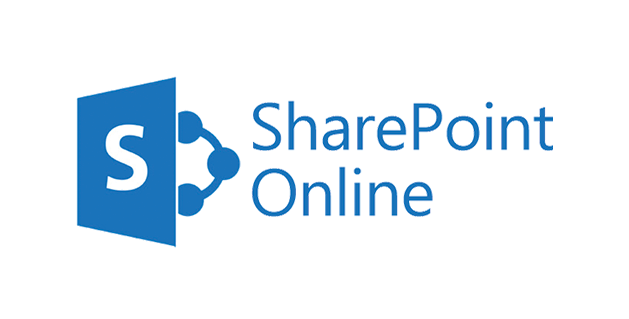Need to know how SharePoint library pin to quick access works? Our expert tips show you how to integrate your SharePoint documents into your Windows Quick Access for faster file management and seamless team collaboration—all in just a few simple steps.

Let’s be real—SharePoint is powerful, but navigating it can sometimes feel like you're stuck in a maze. If you’ve ever asked, “How do I quick access a SharePoint library without clicking through a dozen links?”—you’re not alone. The good news? There are simple, quick, and efficient ways to pin your SharePoint libraries right where you need them.

Why Businesses Use SharePoint
Think of SharePoint as your digital file cabinet, but smarter. It helps teams collaborate, share files, manage documents, and stay organized—all in one place. From small businesses to massive enterprises, SharePoint is a game-changer for internal operations.
Common Use Cases for Libraries
SharePoint libraries are where all the magic happens. Whether it’s storing project files, sharing HR documents, or collaborating on marketing content, libraries are the heart of a SharePoint site.

What Makes a Library Different from a Folder?
A folder is just a place to dump files, but a SharePoint library is a powerhouse. It includes version history, metadata tagging, permission settings, and even automation. It’s like comparing a flip phone to a smartphone.
Features of a SharePoint Document Library

Now onto the good stuff—how do you actually make accessing your SharePoint library fast and painless?
This is one of the easiest and most convenient methods, especially if you're always working from your desktop.
Step-by-Step Guide to Pinning a SharePoint Library
1. Open the SharePoint site in your browser.
2. Click on the Documents library.
3. Select Sync (usually at the top).
4. When prompted, allow it to open in OneDrive.
5. Once synced, your library shows up in File Explorer.
6. Right-click the folder > Pin to Quick Access.
Boom! Now your SharePoint library is one click away in File Explorer.
If you haven’t synced your libraries with OneDrive yet, you’re missing out.
Benefits of Syncing with OneDrive
How to Sync Your SharePoint Library
1. Navigate to the SharePoint library.
2. Click the Sync button.
3. OneDrive will handle the connection and create a synced folder locally.
Now your SharePoint documents live happily on your computer—no browser needed.
Old school? Maybe. Effective? Absolutely.
1. Open your library in your browser.
2. Click the star icon or press Ctrl + D to bookmark it.
3. Store it in your toolbar or a dedicated “Work Links” folder.
This works great if you’re a browser warrior who juggles multiple tabs.
SharePoint offers a built-in Follow button.
1. Open the library.
2. Click Follow (usually near the site title).
3. Access it later from your SharePoint home under Following.
It’s like subscribing to a YouTube channel—but for work files.
For those who love old-school shortcuts:
1. Open your SharePoint library in the browser.
2. Copy the URL.
3. Right-click your desktop > New > Shortcut.
4. Paste the URL, name it, and hit Finish.
Double-click anytime, and boom—you’re in.
SharePoint provides various navigation options to help you quickly access libraries:
The Quick Launch menu is a convenient way to quickly access frequently used SharePoint libraries and folders. To pin a library to the Quick Launch menu:
You can also create shortcuts to libraries on your desktop or in your browser's bookmarks for even faster access. To create a shortcut:
Naming Conventions and Metadata
A well-organized library is half the battle. Stick to:
This helps with filtering and searching later.
Custom Views and Filters
Use SharePoint’s custom views to simplify navigation:
Save these views so they load by default next time.
Common Errors and Fixes
When to Contact IT Support
If all else fails, don’t suffer in silence. Some issues—like broken sync paths or missing permissions—need backend access. Your IT team is there for a reason.
Finding your way around SharePoint doesn’t have to be a daily struggle. Whether you’re syncing with OneDrive, pinning to File Explorer, or just adding a bookmark, there’s a quick-access method for everyone. The key? Pick the one that fits your workflow and stick with it.
And remember, a well-organized SharePoint is a happy SharePoint. Take the time to set it up right, and you’ll save hours in the long run.
To manage SharePoint libraries and files with the most convenience, you can take advantage of MultCloud, a reliable multiple cloud manager. It permits you to add SharePoint and other 30+ popular cloud drives into one place and manage them together. After adding, you can access all files in SharePoint and finish some basic operations like upload, download, rename, share, delete, etc. Moreover, it even allows you to transfer or sync data across different clouds.